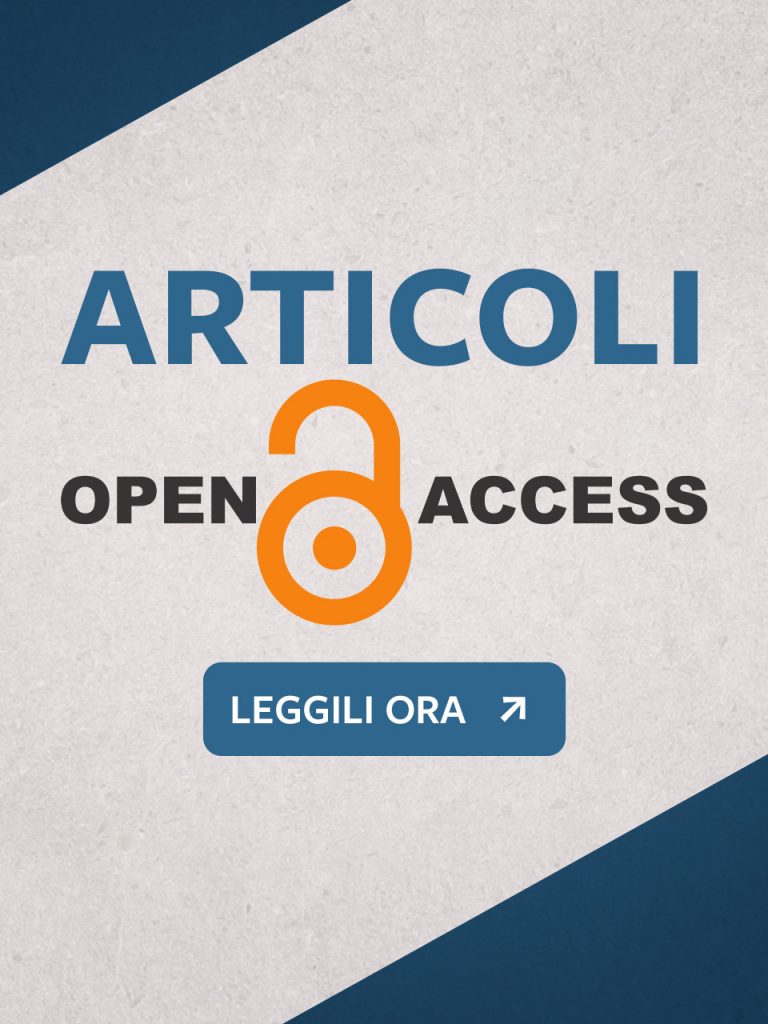The development of integration in psychotherapy
Giovanni Maria Ruggiero, Gabriele Caselli, Sandra Sassaroli
The development of integration in psychotherapy between theoretical models and clinical practices arose early and was linked to dissatisfaction with theoretical models and the search for common factors. The integration was initially theoretical, seeking a common basis in learning theory and exploration of mental functioning. Then appeared the first examples of transtheoretical integration that explored the therapist’s interventions and assimilative integration who wanted to build an eclectic practice. The age of theoretical integration saw attempts to merge psychoanalysis and behaviorism, behaviorism and humanistic approaches, behaviorism and cognitivism (the only success story) and cognitive and psychodynamic models. Transtheoretical integration then prevailed again thanks to new key variables: the therapeutic relationship, the common factors and the contextualist model. The institutionalization of the integrative movement made possible the birth of the Society for the Exploration of Psychotherapy Integration (SEPI). The integration remains a clinically significant movement but it is unlikely to provide a common theoretical basis.
Keywords
Integration, Psychotherapy, Common factors, Therapeutic relationship.

